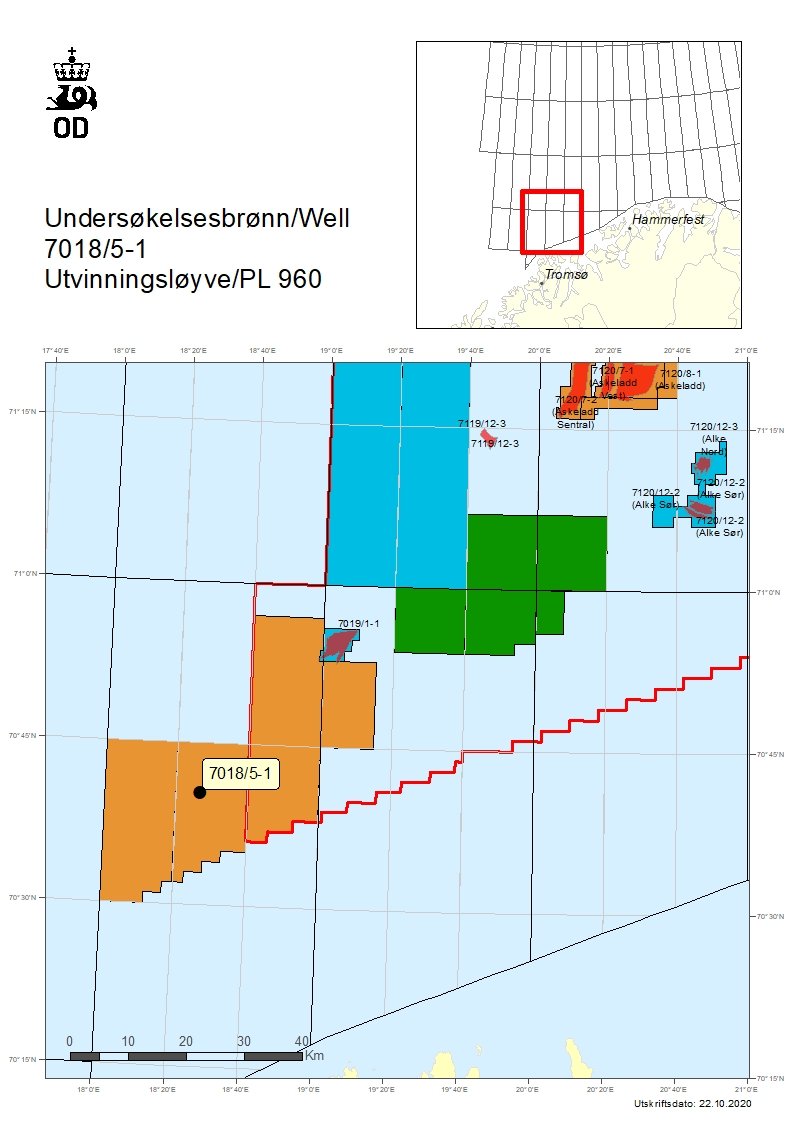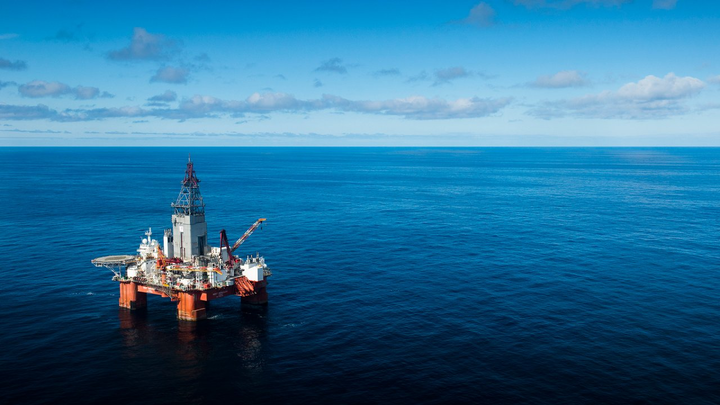Equinor Energy AS, operator of production licence 960, has come up dry at the wildcat well 7018/5-1 in the Barents Sea. The well was drilled about 100 kilometres southwest of the Snøhvit field, and about 195 kilometres west of Hammerfest.
Equinor said Friday the primary exploration target for the well was to prove petroleum in reservoir rocks from the Early Jurassic to Middle Jurassic Age (the Stø and Nordmela Formations). The secondary exploration target was to prove petroleum in reservoir rocks from the Late Triassic to Early Jurassic Age (the Tubåen Formation).
The well encountered two water-bearing sandstone intervals in the Stø Formation with a total thickness of 180 metres, with good reservoir properties. The well did not reach the bottom of the lowest sandstone interval in the Stø Formation, nor the Nordmela and Tubåen Formations.
Weak traces of petroleum were observed in the sandstones in the Stø Formation.
Equinor said the well has been classified as dry.
This is the first exploration well in production licence 960. The licence was awarded in the 24th licensing round in 2018.
Well 7018/5-1 was drilled to a vertical depth of 1099 metres below sea level and it was terminated in the Stø Formation from the Middle Jurassic Age.
Water depth at the site is 307 metres. The well will now be permanently plugged and abandoned.
Well 7018/5-1 was drilled by the West Hercules drilling facility, which will now drill a pilot well on the Askeladden field in production licence 064 in the Barents Sea, where Equinor Energy AS is the operator.




